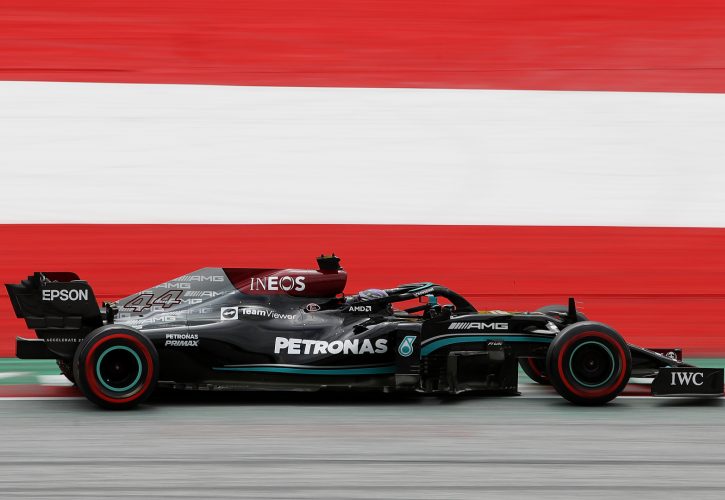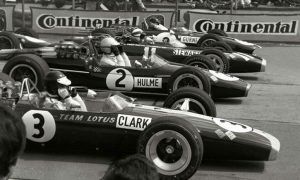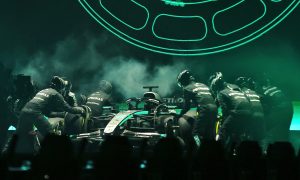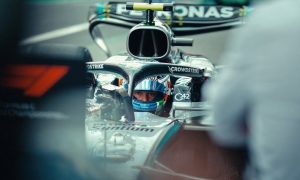
Toto Wolff has revealed that Mercedes will implement the final update on its 2021 car at the British Grand Prix at Silverstone in two weeks.
Mercedes' hegemonic domination of F1 since the start of the sport's hybrid era in 2014 is being seriously challenged this season by Red Bull Racing which now leads the Constructors' standings by 40 points in the wake of four consecutive wins.
The aero efficiency of Red Bull's RB16B chassis combined with the gains achieved by Honda's new power unit represents a formidable package in the hands of the talented Max Verstappen, and one that has left Mercedes chasing its rival in a year in which the bulk of its engineering resources have been channeled towards the design and development of next season's all-important contender.
In France, Wolff suggested that Mercedes had halted the development of its W12, but technical director James Allison later clarified that updates that had already been designed would soon find their way on to the German outfit's car.

©Mercedes
On Friday, Wolff, when asked if the heavy use of flo-vis paint in FP1 was an indication of a fresh design idea being developped in Mercedes' wind tunnel, revealed that a final W12 upgrade is scheduled to be introduced at Silverstone.
"No, the wind tunnel doesn’t work anymore on this year’s car," Wolff explained.
"It’s basically understanding some of the flow that we can still look at in CFD, but there’s not going to be big part changes.
"There is one more development that is going to come onto the car at Silverstone, but [the wind tunnel has] been down obviously for a long time."
To counter the speed – and especially the aero efficiency - of Red Bull's RB16B, it was suggested that Mercedes could resort to a lower-drag rear wing similar to the appendage used by its rival.
But Mercedes strategy director James Vowles dismissed such a change, insisting it would actually make its car slower.
"You could, of course, have less rear wing and go faster on the straight line but you would be sacrificing cornering performance and not just that," Vowles explained earlier this week.
"That also comes with effects on degradation. Conversely less rear wing allows you perhaps to overtake a little bit more, but there is a balance.
"We use simulation tools to run through all of the rear wing settings that we have available to us and come up with an optimum of what we should be running at this track.
"What we should be running for both overtaking, qualifying and race and in our case, it comes out with the rear wing setting that you see."
Gallery: The beautiful wives and girlfriends of F1 drivers
Keep up to date with all the F1 news via Facebook and Twitter






